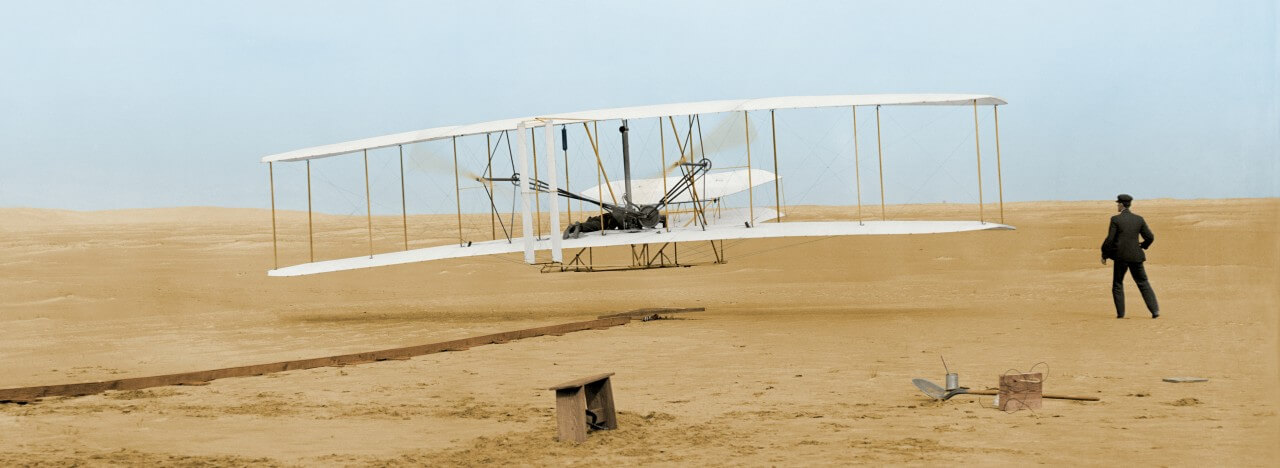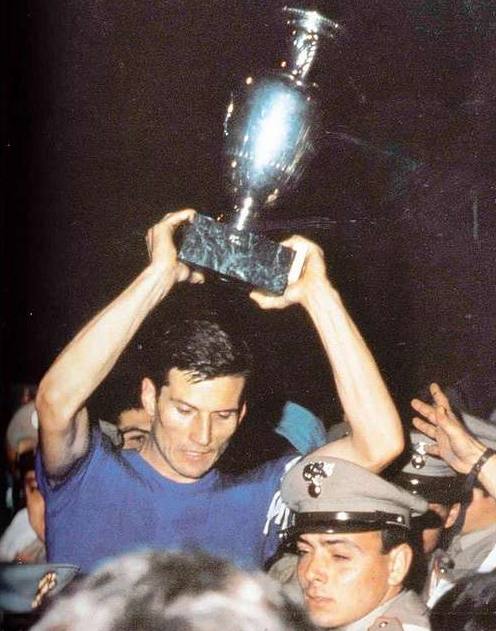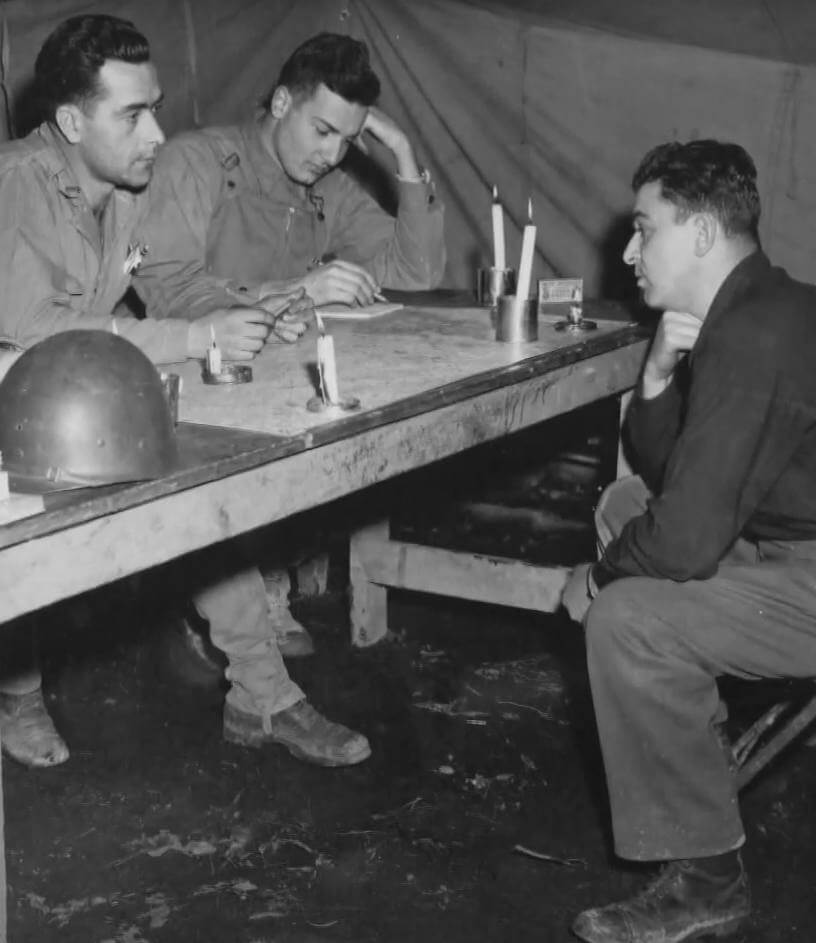The story of the first powered flight is a tale of genius, perseverance, and meticulous engineering. Yet, at the final, crucial moment, the decision of who would become the first human to pilot a powered aircraft came down to a simple flip of a coin. This moment of chance is a humble and often overlooked footnote in one of the most significant achievements in human history.
On a cold and windy morning, December 14, 1903, in Kitty Hawk, North Carolina, brothers Orville and Wilbur Wright were finally ready. Their creation, the Wright Flyer, sat on its launch rail, poised to change the world. The brothers were equal partners in their endeavor, having worked side-by-side for years to solve the complex problems of flight. Now, faced with the ultimate prize, they had to make a choice: who would fly first?
With no clear reason to prefer one over the other, they turned to the fairest method they knew. They tossed a coin. Wilbur won the toss. However, on his attempt, he over-steered, causing the Flyer to stall and suffer minor damage. After a few days of repairs, they were ready again on December 17th. This time, it was Orville's turn. He took the controls, and at 10:35 AM, he flew for 12 seconds over a distance of 120 feet. While Wilbur won the toss, it was Orville who, by a twist of fate, secured his place as the pilot of the first successful powered flight.


